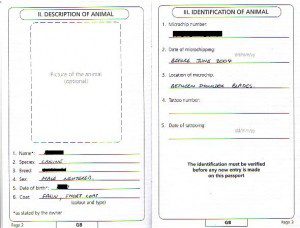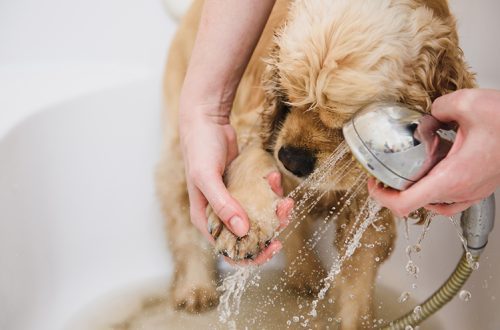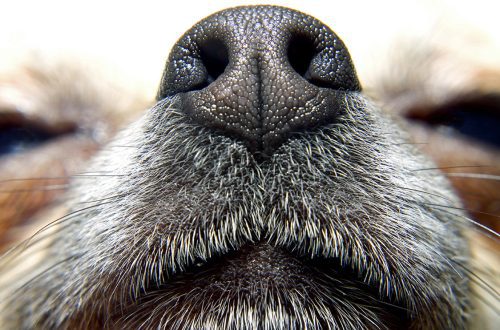
How to fill out a dog passport?
The veterinary passport is the main document of the dog. He confirms her health and allows the animal to travel with the owner, as well as take part in professional exhibitions and competitions.
The veterinary passport does not have a single standard. This means that documents can differ from each other in both cover and content. Despite this, in all veterinary passports there are a number of identical columns that are filled in by the breeder, owner or veterinarian.
Be careful when purchasing a puppy from breeders. Very often, scammers “confirm” the thoroughbredness of the animal by the presence of a veterinary passport. However, it cannot guarantee these data. Only a pedigree or metric (puppy card) can indicate that a dog belongs to a particular breed. At the same time, a responsible breeder most often gives away a puppy with a veterinary passport. If your pet is not purebred, you will have to fill out the document yourself. This is not so difficult to do.
Contents
Filling rules
The document must be completed in Russian in block letters and duplicated in English if it is an international version. Use a black or blue pen.
1. Place for a pet photo
On the first page, it is desirable to place a photo of the dog. This is especially true for owners who plan to travel with their pet. But one must understand that the photo will not certify the dog. Non-professional breeders and cynologists are unlikely to distinguish animals of the same breed and color from each other.
2. Details of the animal and the owner
This section contains all the information about the dog: breed, name, color, date of birth, gender and chip number. If you are planning to travel abroad, the animal must be microchipped.
It also contains information about the owner of the dog: full name, address and phone number. If your passport has a breeder section and the dog was found or adopted from a shelter, complete this page with a close relative.
3. Medical marks
This section is completed by a veterinarian. It contains information about vaccinations against rabies, infectious and other diseases. After vaccination, the doctor pastes a sticker containing a description of the administered drug, stamps and signs. Only with these data the vaccination can be considered valid.
Separately, tables are displayed for the results of processing animals from fleas and ticks, as well as deworming.
4. Reproduction
In this section, the owner of the dog indicates the start and end dates of estrus. If the dog is knitted, respectively, the date of mating and the number of puppies born. This section is useful for analyzing and tracking your dog’s periods of sexual activity.
5. Reference information, marks about the dog
Some passports have pages for specific information about the dog, as well as general background information on pet care.
A veterinary passport is not just a whim of a dog owner. This document allows you to be with a pet in public places, travel around Russia and abroad and knit an animal. It is important to note that if the passport is lost, the owner has the right to restore it. The main thing is to know in which clinic the vaccination was carried out.





